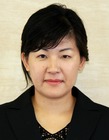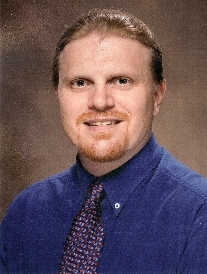
Thomas K. Orr
Professor

Steven D. Tripp
Professor

William V. Rozycki
Professor

John Brine
Associate Professor

Ian Wilson
Associate Professor

Debopriyo Roy
Associate Professor

Neil H. Johnson
Assistant Professor

Emiko Kaneko
Assistant Professor

Kiyomi Okamoto
Assistant Professor

Paul A. Lyddon
Assistant Professor

Jason R. Ginsburg
Assistant Professor
